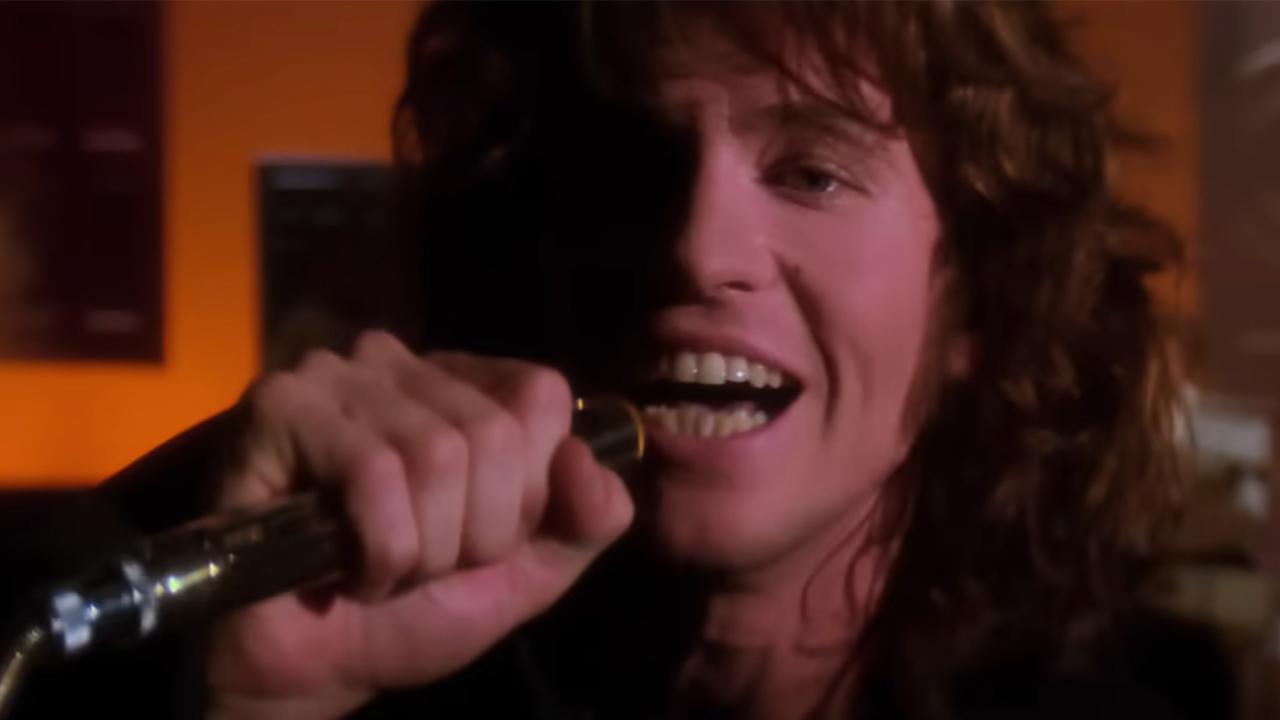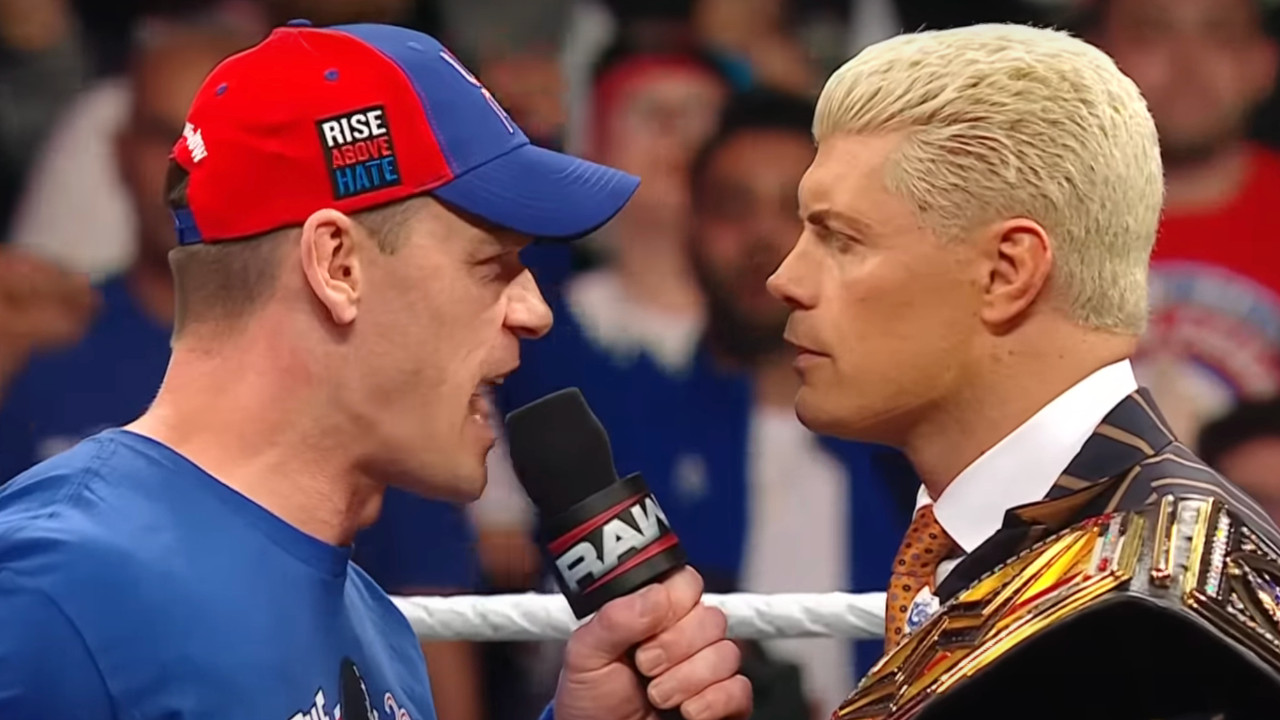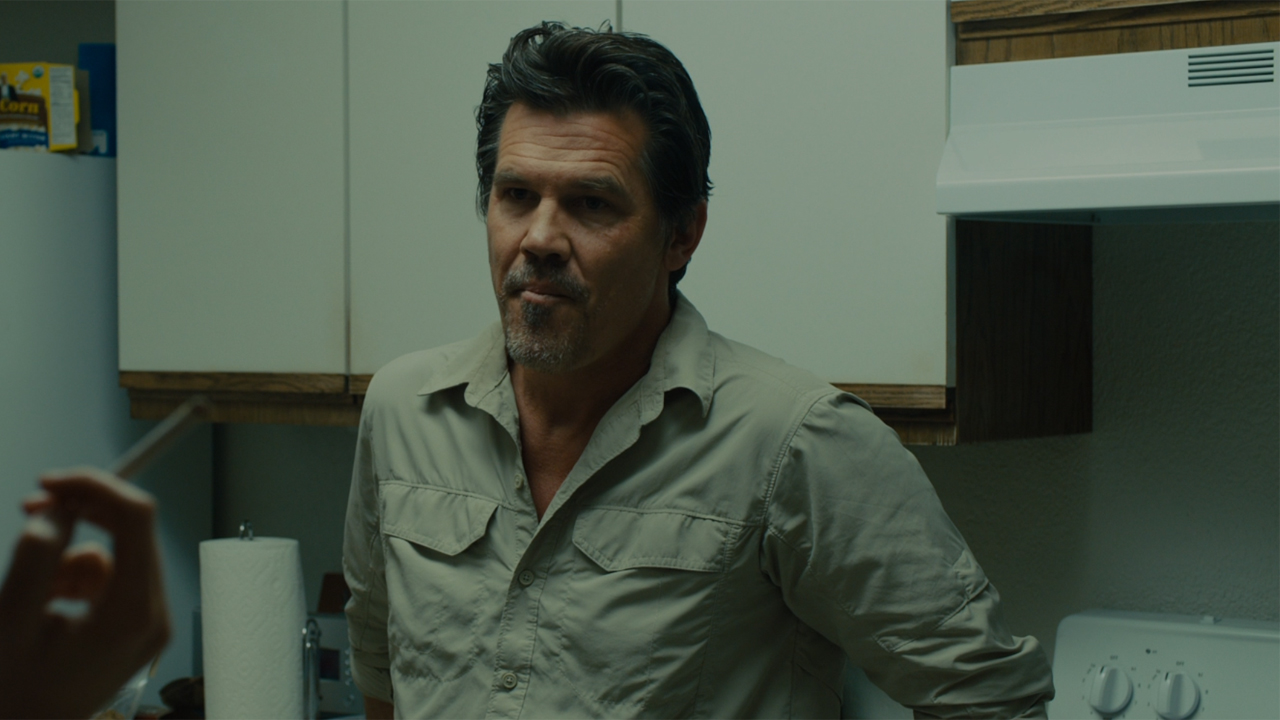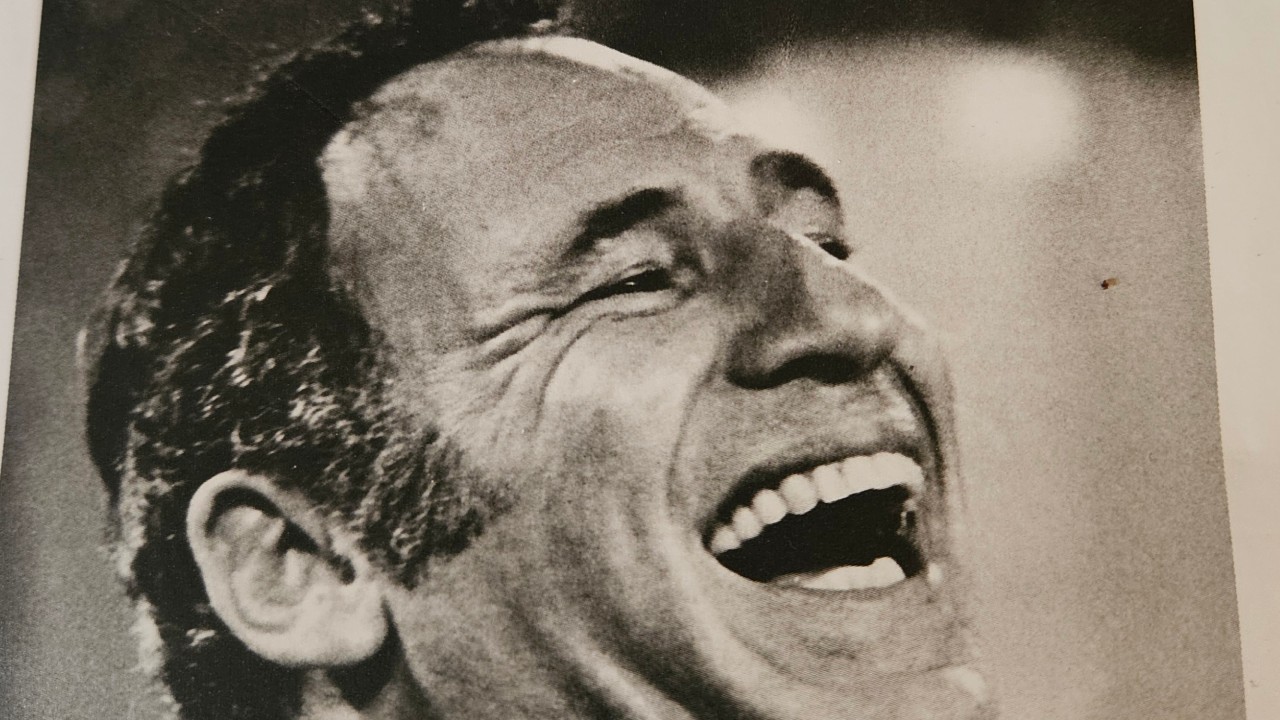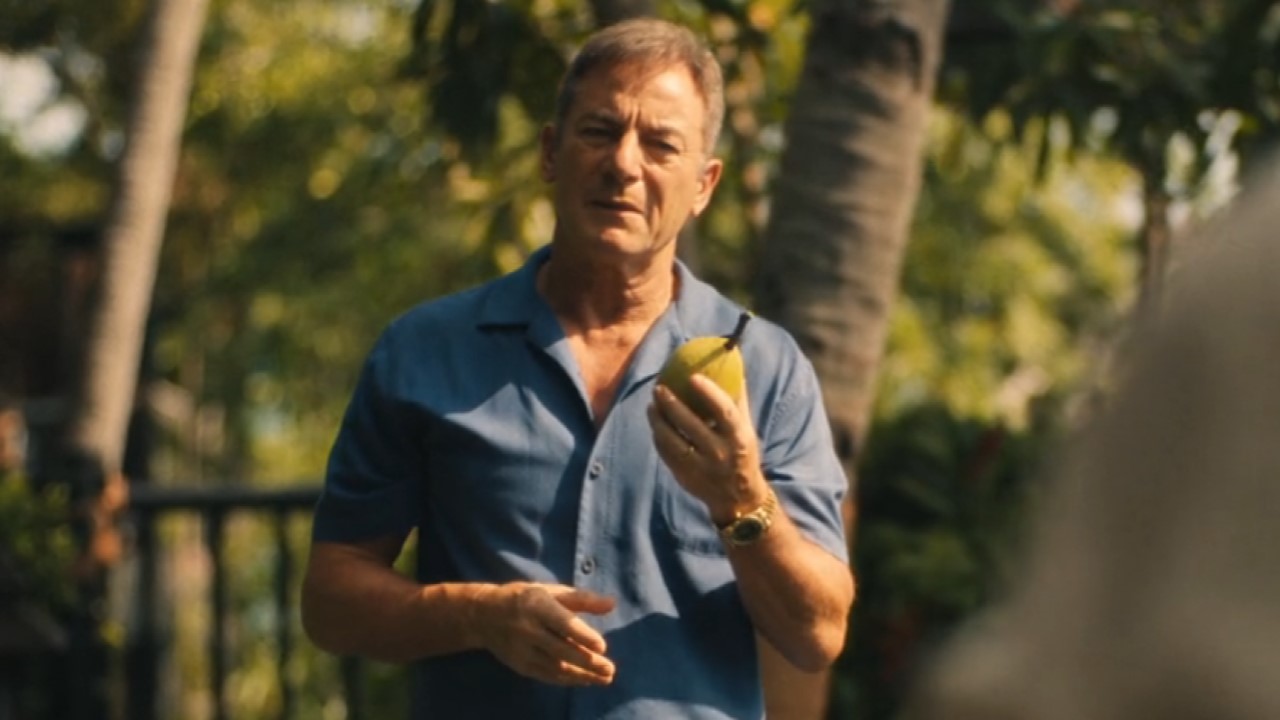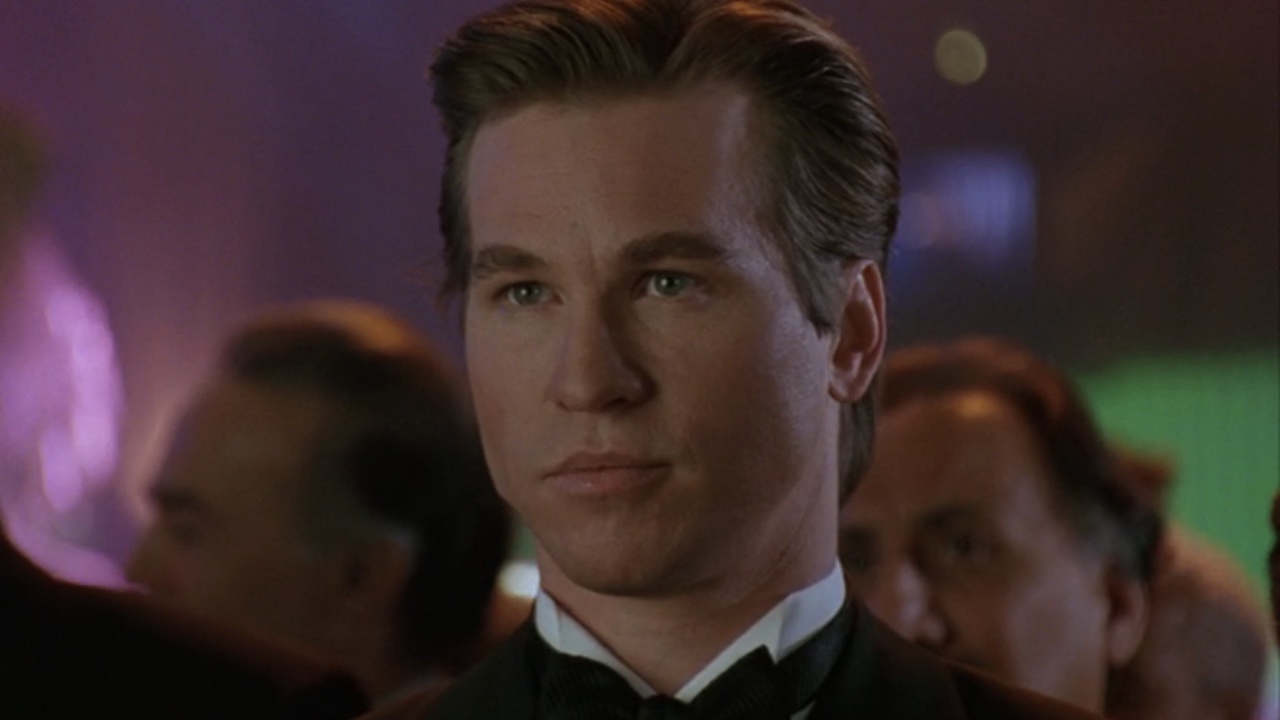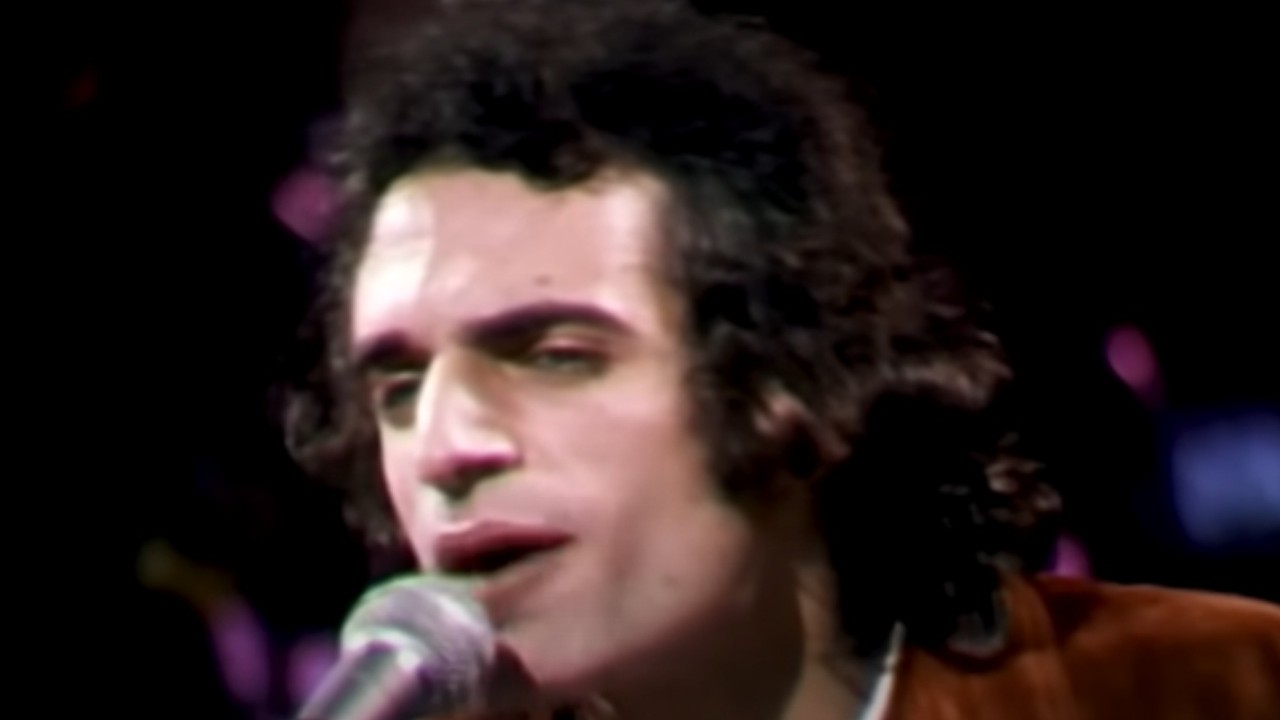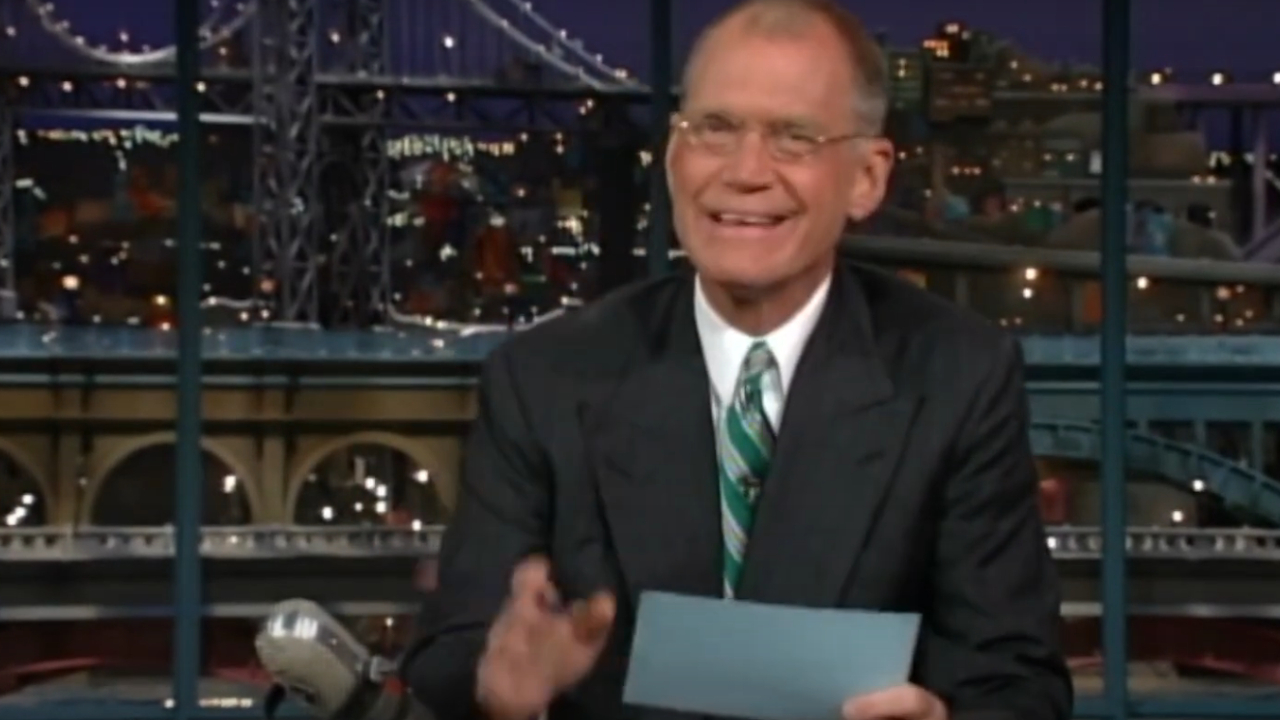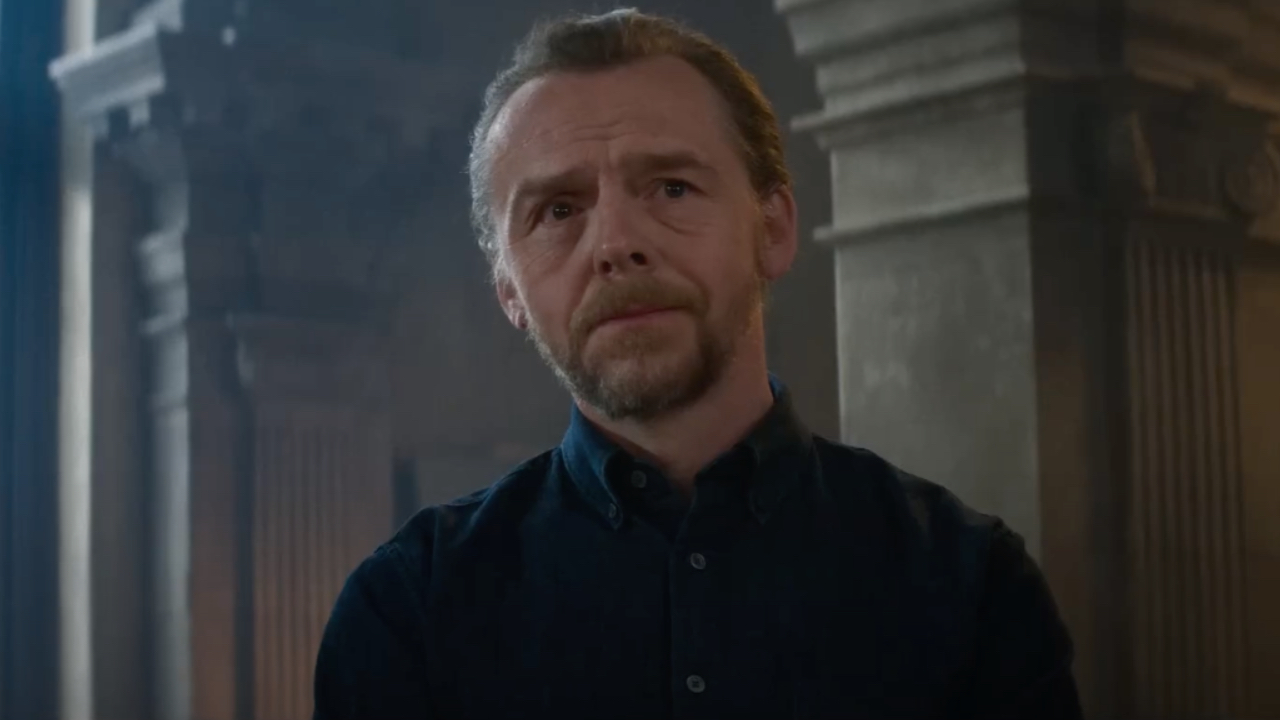Adapting Stephen King's IT: 2017's IT: Chapter One Is A Brilliant Nightmare
One of the best Stephen King adaptations of all time.
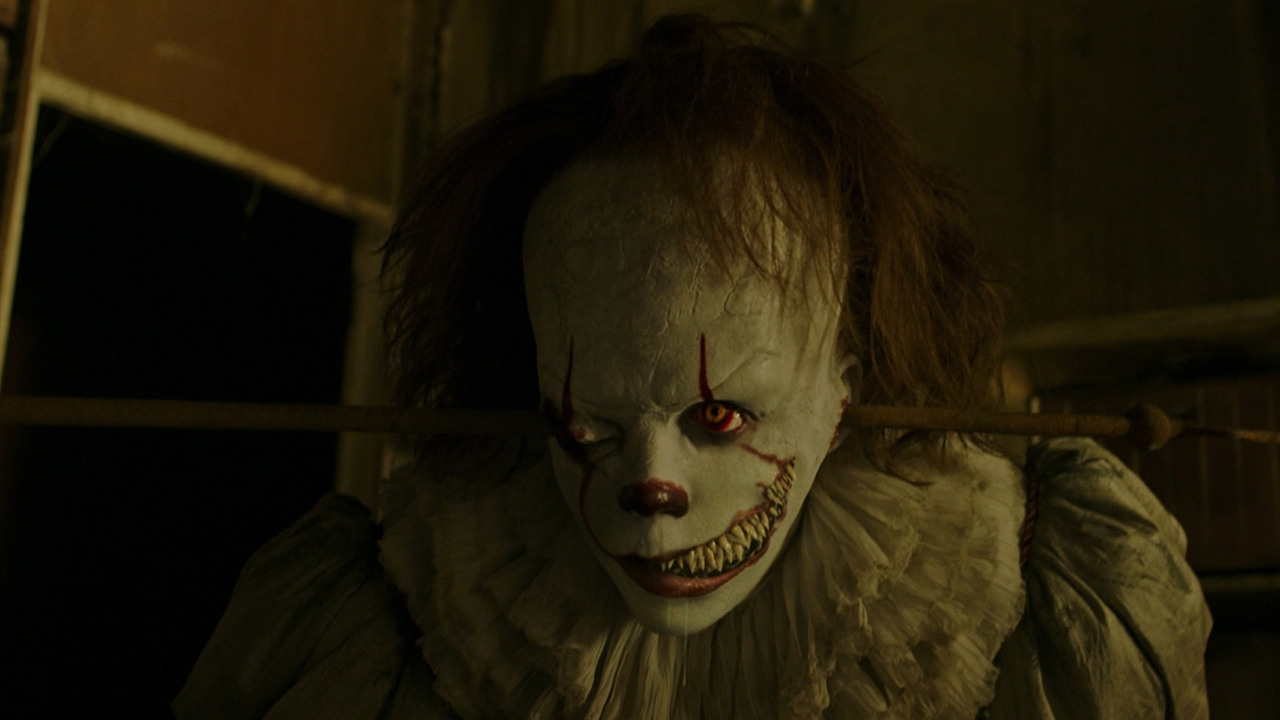
The making and release of Tommy Lee Wallace’s IT miniseries from 1990 was a landmark moment in the history of Stephen King adaptations. Not only did it pull off the impossible by bringing to life an epic book thought of as being unadaptable, but it opened King’s eyes to the possibilities that existed on the small screen for his work – which in turn resulted in the development of 1994’s The Stand miniseries, 1997’s The Shining miniseries, and more. The small screen nightmare left an indelible mark, and the face of Tim Curry’s Pennywise The Dancing Clown haunted audiences for years.
Despite this immense success, the dream of bringing IT to the big screen didn’t wholly dissipate, and the effort became renewed in 2009 when Warner Bros. purchased the rights to Stephen King’s book. Initially Dave Kajganich was hired by the studio to pen the screenplay, but that version stayed locked in the development stages for years. It wasn’t until 2012 and the hiring of writer/director Cary Fukunaga that things started moving forward in earnest, as it was then that a key, game-changing idea was introduced for the adaptation: instead of making IT as one movie, it would become two.
Unfortunately, that brilliant decision didn’t exactly lead to smooth sailing ahead. In the next couple of years, the project moved to Warner Bros. subsidiary New Line Cinema, got Stephen King’s personal stamp of approval, and even hired Will Poulter to star as Pennywise… but then it suffered a massive blow in early 2015. Just months before the scheduled start of production, it was announced that Cary Fukunaga was leaving the film. There were whispers that the Warner Bros. was balking at the idea of developing IT as two separate movies, and Fukunaga later said that the studio feared they “couldn’t control” him.
Panic was in the air among Constant Readers, who feared that the dream of seeing Pennywise on the big screen was dead. But then the ship was righted. It was reported in July 2015 that Mama director Andy Muschietti was coming aboard the production, and the two-part approach was back on the table. A little less than a year after that, the studio officially put the film on their release schedule for September 2017, and principal photography began in summer 2016 with a talented young cast including Jaeden Martell, Sophia Lillis, Finn Wolfhard, Jack Dylan Grazer, Wyatt Oleff, Chosen Jacobs, and Jeremy Ray Taylor as the members of The Losers Club, and Bill Skarsgård as the monstrous Pennywise. Cary Fukunaga and Chase Palmer are still credited for their work on the screenplay, with Gary Dauberman having written the later drafts.
Anticipation for the movie was high, but the actual results were unprecedented. Andy Muschietti’s IT: Chapter One became a global phenomenon and the biggest horror movie of all time – grossing over $700 million at the worldwide box office. Ironically released 27 years after the 1990 miniseries (a.k.a. the length of Pennywise’s hibernation period), the film has a stellar legacy as both a remake and a treatment of the beloved novel, and I’m digging into both aspects in this week’s Adapting Stephen King.
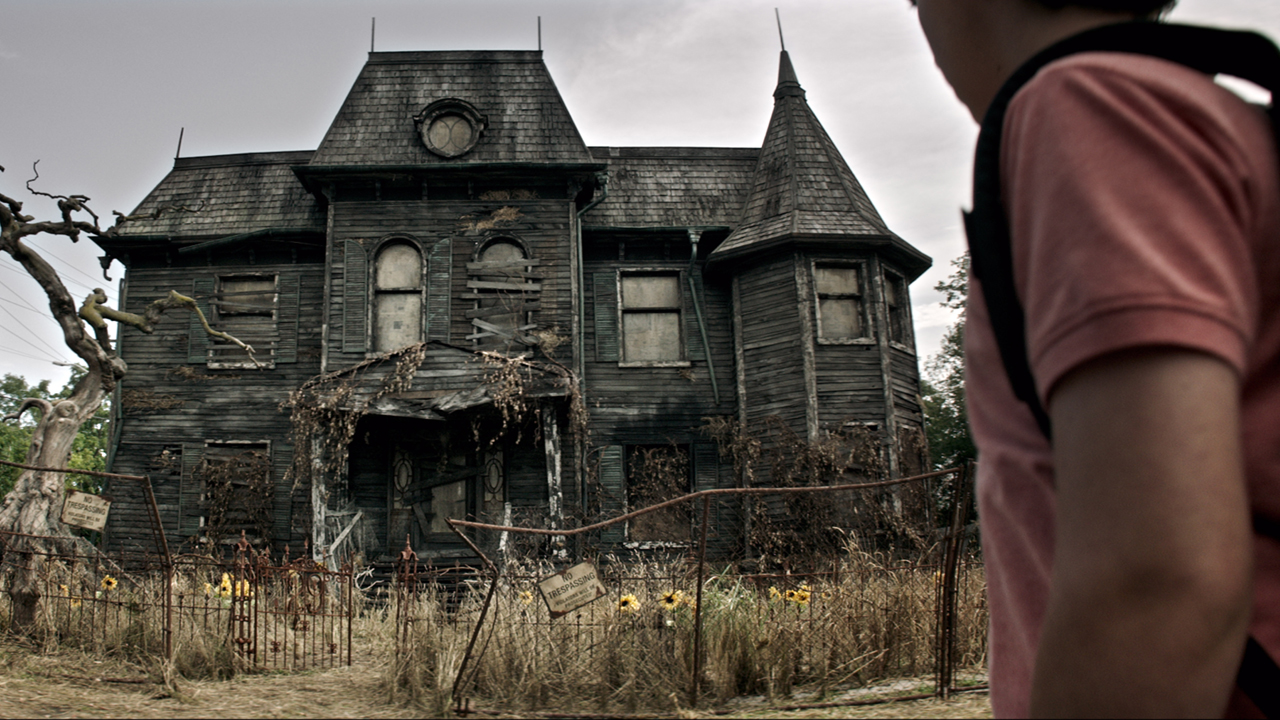
How Andy Muschietti’s IT Differs From Tommy Lee Wallace’s IT Miniseries
As I noted in my column about Tommy Lee Wallace’s IT miniseries, the original adaptation of Stephen King’s monster epic is remarkably faithful – though there are limitations that is has as a direct result of it being a miniseries that aired on network television. As everyone knows, there are particular limitations regarding language and violence (and they used to be far stricter in the 1990s). Being made as an R-rated feature, Andy Muschietti’s IT: Chapter One never had that leash around its neck, and it shows. Just as in the novel, the kid characters curse up a storm a la normal kids, and Pennywise is freed to be its sadistic and savage self, starting with biting off the arm of little Georgie Denbrough (Jackson Robert Scott) in the movie’s opening scene.
In addition to Pennywise’s attacks being just as brutal as they are in the book, it’s also worth highlighting that the character’s depiction is also closer to what King described on the page than the Tim Curry version – who memorably is decked out in a bright yellow, green and purple suit. For the film, the costume designers went back to the “white-silver clown suit” with colorful pompom buttons (albeit minus the pair of “oversized orange shoes”), and Bill Skarsgård is utterly terrifying.
CINEMABLEND NEWSLETTER
Your Daily Blend of Entertainment News
In regards to the narrative, both the miniseries and IT: Chapter One use most of the same plot points and make the same exclusions, but one thing that the 2017 release has that the 1990 one doesn’t is the house on Neibolt Street. The creepy building isn’t mentioned at all in the original adaptation, but Andy Muschietti’s film restores it as the access hub for the Losers Club to find Pennywise, and properly utilizes it as a den of horrors for one of the movie’s most memorable sequences.
There are other, smaller ways that the film utilizes material from the book that the miniseries doesn’t – like Pennywise coming back every 27 years instead of every 30; there being more of an emphasis on Stan’s Judaism; and a few turtle-related Easter eggs – but there are definitely more comparisons to be made than contrasts.
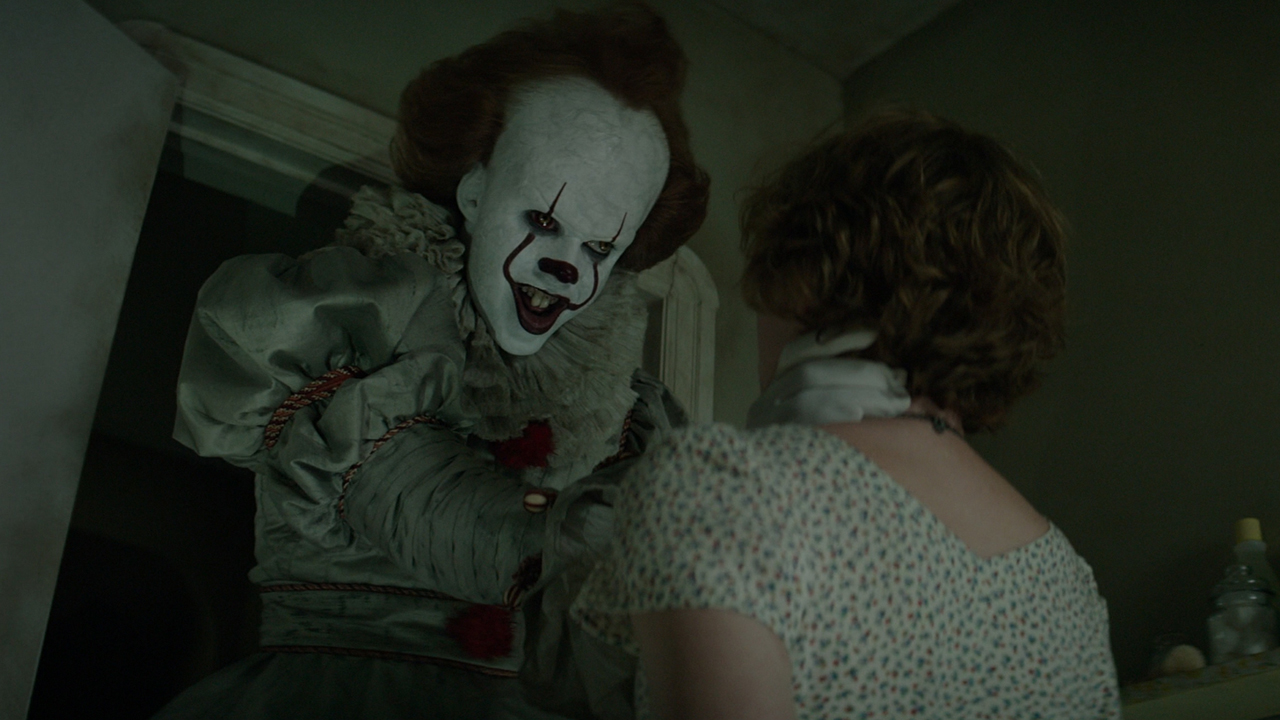
How Andy Muschietti’s IT Differs From The Book
When IT was first announced as a two-part film project, it was an idea that fans immediately appreciated because of how obvious and workable the approach would be. Stephen King’s book goes back and forth between two time periods on the same timeline, and while properly covering both would have been impossible with the runtime real estate of the average feature film, it was wholly logical to separate the two halves of the narrative and make them stand up on their own. As such, the most prominent thing that stands out about the movie compared to the novel is the fact that the adult versions of the main characters aren’t featured at all, and the kids’ part of the story is changed from being flashbacks to being linear.
The second biggest change is the time shift. When Stephen King’s IT was first published in 1986, the adult-centric half of the novel was written to be contemporary, and the movie adaptation essentially restores that idea… mostly. It’s clear that the filmmakers wanted the work to still have heavy 1980s energy, so the children’s half of the story was moved from 1957/1958 to 1988/1989 (positioning 2019’s IT: Chapter Two to be set in 2016/2017).
As far as the depictions of the characters go, the most significant change is the treatment of Mike Hanlon (Chosen Jacobs). In the book, it’s Mike who is the one who serves as the de facto historian of the group and has the resources that reveal the long history of Pennywise in Derry, Maine – but the fact that he is the seventh and final member of the Losers Club seemingly prevents that from happening, as the movie needs to get that information into the story before the whole group comes together. With Mike not becoming a prominent figure in the narrative until the second hour of the film, it’s Ben Hanscom (Jeremy Ray Taylor) who ostensibly teaches his pals about the town’s rotten past.
The majority of major plot lines from the book are kept in the adaptation, but there are certain scenes that are missing – including some that are featured in the 1990 miniseries. The movie skips over the team-building scene where the characters work together to build a makeshift dam in the woods (resulting in them getting yelled at by a police officer), and it doesn’t include the Losers getting ahold of silver nuggets and discovering that Beverly is the best amongst them with a slingshot. There are other details left out as well, but notably some are restored to the “canon” with sequences in IT: Chapter Two (such as Ritchie having a terrifying encounter with Derry’s Paul Bunyan statue).
The most significant changes definitely come at the end. The movie totally skips over everything about the Ritual of Chüd as a means of killing Pennywise, and it invents the bit with the group splitting up and Beverly (Sophia Lillis) being kidnapped. The adaptation also opts not to include Belch (Jake Sim) and Vic (Logan Thompson) in the third act – including their gruesome murders) and instead has Henry Bowers (Nicholas Hamilton) attack the Losers Club by himself at the Neibolt House.
Lastly, there’s the matter of the monsters. When Stephen King was writing IT, a significant part of his approach was the idea of making the book a monster extravaganza that would feature all varieties of ghouls and horrors – including werewolves, mummies, a Frankenstein, and more (all of whom, of course, are Pennywise in alternate forms). The film still includes the leper that attacks Eddie (Jack Dylan Grazer), as he really is the perfect form to torment the hypochondriac character, and there is a moment in the final battle when It transforms into a mummy, but mostly it opts to create new forms for the eponymous shapeshifter, such as the burnt corpses that haunt Mike, the headless boy that comes at Ben in the library, and the flute-playing woman in the Modigliani-esque painting that torments Stan.
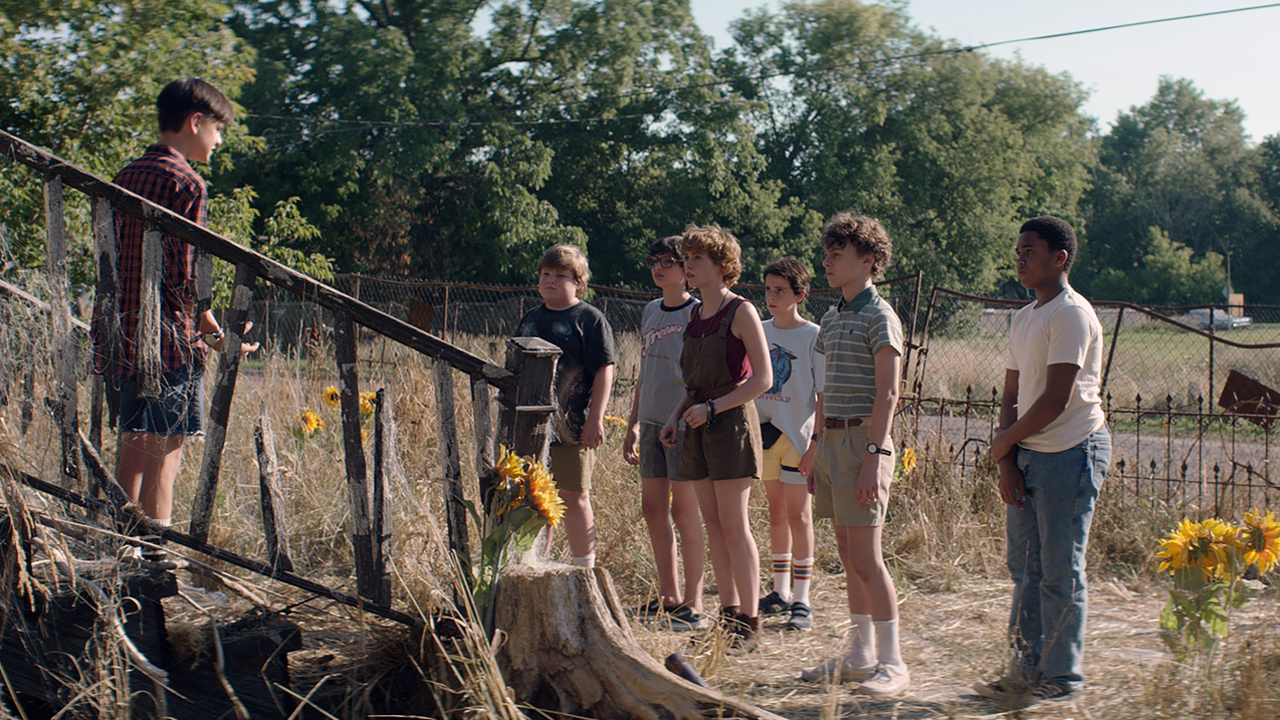
Is It Worthy Of The King?
When I reviewed Andy Muschietti’s IT for its theatrical release, espousing my full appreciation for the work required about 1,200 words… and in this section of this column I only have about 300 words. That puts me at disadvantage when it comes to fully and properly addressing the question posed above, so I’ll start by addressing the subject in absolute terms: IT: Chapter One is unequivocally among the best Stephen King adaptations ever made.
There are two primary elements behind this fact. The first is the depiction of the Losers Club and the phenomenal casting job that was done to find each young actor. Every single one of them stands out individually in their own unique way, but what’s really special is the effortless rapport that exists in their group chemistry. If I didn’t know any better, I could be convinced that Jaeden Martell, Sophia Lillis, Finn Wolfhard, Jack Dylan Grazer, Wyatt Oleff, Chosen Jacobs, and Jeremy Ray Taylor already knew each other prior to joining the project and were cast based on their preexisting bond.
And then there’s Pennywise. Going into the film, every Stephen King fan I knew put Tim Curry’s performance from the 1990 miniseries on a pedestal – and deservedly so, given how phenomenal his work is. But that just makes what Bill Skarsgård does all the more impressive. While horror is typically a genre of diminishing returns, Skarsgård’s Pennywise is chill-inducing no matter how many times one watches the movie. His drooling, eye-shifting performance is every shade of phenomenal and perfect, with the work of makeup, special effects, and visual effects teams turning him into one of cinema’s greatest modern monsters.
IT: Chapter One is the best adaptation of the best half of one of Stephen King’s best books, and while IT: Chapter Two has a significant impact on its legacy, I’ll wait to address that more directly in my Adapting Stephen King column scheduled for November 16.
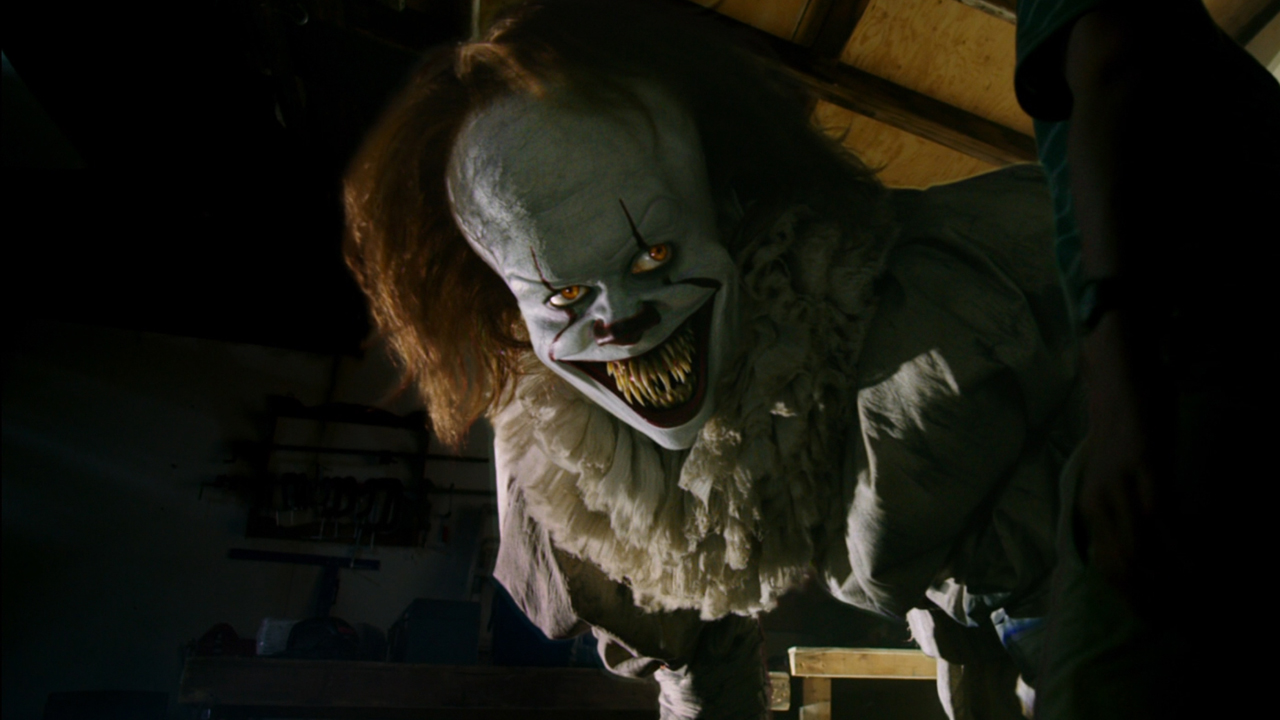
How To Watch Andy Muschietti’s IT
Andy Muschietti’s IT has had a tendency to bounce around between streaming services, but at the time of this movie’s publication it’s possibly as widely available as it has ever been, as it is available on both Netflix and HBO Max. If you don’t have subscriptions to either one, you still have plenty of options, including digital rental and/or purchase on Amazon, Google Play, Vudu, and Apple. The best option for physical media collectors building their own Ultimate Stephen King collection will find that the best option is the 4K set released in 2018.
Coming up next week, Adapting Stephen King will be jumping back to the CinemaBlend streaming section, as I’ll be taking a look at what is another one of the best Stephen King movies of all time: Mike Flanagan’s Gerald’s Game, which was released in 2017 as a Netflix original. The column will be up on the site next Wednesday, and you can discover all of the previous installments by clicking through the banners below.







Eric Eisenberg is the Assistant Managing Editor at CinemaBlend. After graduating Boston University and earning a bachelor’s degree in journalism, he took a part-time job as a staff writer for CinemaBlend, and after six months was offered the opportunity to move to Los Angeles and take on a newly created West Coast Editor position. Over a decade later, he's continuing to advance his interests and expertise. In addition to conducting filmmaker interviews and contributing to the news and feature content of the site, Eric also oversees the Movie Reviews section, writes the the weekend box office report (published Sundays), and is the site's resident Stephen King expert. He has two King-related columns.
